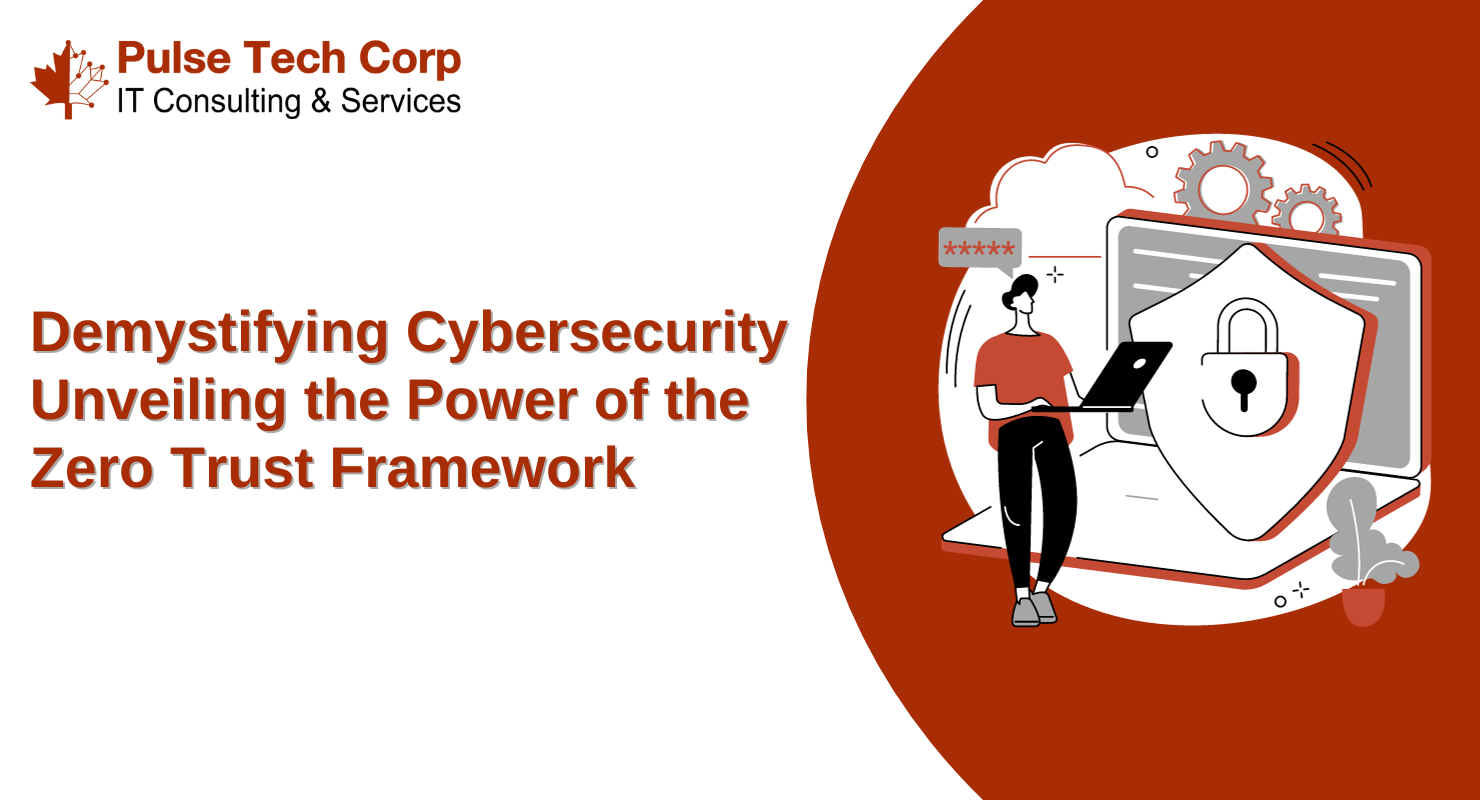cyber security ontario
In an era where cyber threats loom large and traditional security measures fall short, the Zero Trust framework has emerged as a beacon of resilience. This revolutionary approach to cybersecurity challenges the conventional belief that once inside the network, everything is safe. In this comprehensive guide, we’ll unravel the mysteries surrounding the Zero Trust framework, exploring its principles, pillars, and why companies are increasingly embracing it to fortify their digital fortresses.
What is the Zero Trust Framework in Cybersecurity?
The Zero Count on framework is a paradigm change in cybersecurity that basically changes the conventional “trust fund but verify” version. In essence, it operates the principle of assuming no depend on, despite whether a customer is inside or outside the business network. Unlike standard safety designs that rely upon border defenses, absolutely no Trust demands constant confirmation and validation of every user and tool attempting to access resources.
How Does Zero Trust Improve Security?
1. Continuous Authentication: Absolutely no Trust supporters for continuous authentication, ensuring that users and gadgets are confirmed at every communication. This lessens the risk of unapproved accessibility, even for customers currently inside the network.
2. Least Privilege Access: The framework purely imposes the principle of the very least opportunity, giving users the minimum gain access to called for to do their jobs. This restricts prospective damages in case of a security breach.
3. Micro-Segmentation: Absolutely no Depend on separates the network into micro-segments, developing separated zones which contain and limit side movement. This containment technique avoids the lateral spread of cyber dangers.
The Three Principles of Zero Trust in Cybersecurity:
1. Verify Every User:
• Explore the importance of authenticating every user, regardless of their location or network status.
• Implementing multi-factor authentication and continuous validation to ensure a user’s identity remains secure.
2. Validate Every Device:
• Examine the necessity of validating devices seeking access to the network.
• Endpoint security measures and device health assessments play a pivotal role in this principle.
3. Limit Access and Privilege:
• Delve into the principle of least privilege and its role in minimizing the potential impact of a security breach.
• Discuss strategies for implementing access controls and enforcing the principle of least privilege.
The Five Pillars of Zero Trust:
1. Data Security:
• Explore how Zero Trust secures sensitive data by encrypting and classifying information.
• Discuss the importance of data-centric security measures in the Zero Trust framework.
2. Network Security:
• Discuss the concept of micro-segmentation and its role in securing the network.
• Explore strategies for implementing and managing micro-segmentation effectively.
3. Endpoint Security:
• Examine how Zero Trust reinforces endpoint security to prevent unauthorized access and attacks.
• Discuss the role of continuous monitoring and device health assessments.
4. Application Security:
• Explore how Zero Trust principles can be applied to secure applications.
• Discuss strategies for implementing application-level access controls and monitoring.
5. Identity and Access Management:
• Discuss the critical role of identity in the Zero Trust framework.
• Explore strategies for implementing robust identity and access management practices.
Why Do Companies Need the Zero Trust Framework?
In an age where cyber threats are increasingly sophisticated and pervasive, companies need the Zero Trust framework to:
• Mitigate Insider Threats: By assuming zero trust, companies can minimize the risk posed by both external hackers and potential insider threats.
• Adapt to Dynamic Work Environments: With the rise of remote work and cloud technologies, the Zero Trust framework provides a flexible and adaptive security model.
• Protect Sensitive Data: Zero Trust’s data-centric approach ensures that sensitive information is safeguarded, reducing the risk of data breaches.
In conclusion, the Zero Trust framework is not just a cybersecurity strategy; it’s a mindset shift that empowers companies to proactively defend against evolving threats. By understanding its principles and pillars, businesses can build a resilient security posture that stands the test of time and emerging cyber challenges. Embrace the future of cybersecurity with Zero Trust.
We can help protect your business!


